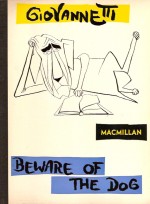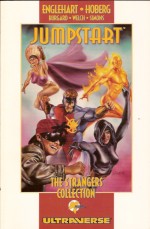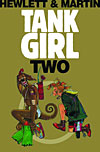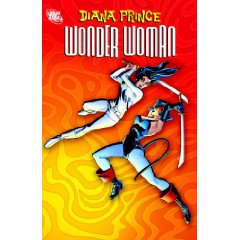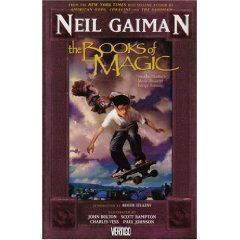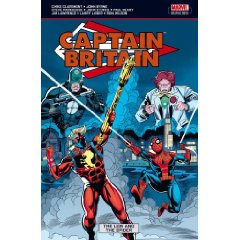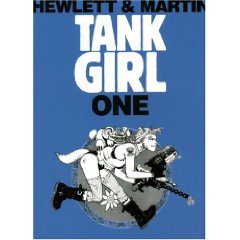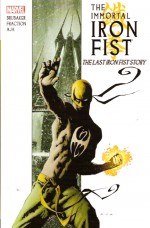
By Ed Brubaker, Matt Fraction, David Aja & various (Marvel)
ISBN: 978-0-7851-2489-4
Iron Fist sprang out of the 1970s Kung Fu craze, by way of a heartfelt tribute from originators Roy Thomas and Gil Kane to Bill Everett’s golden Age super-hero Amazing Man (who appeared from 1939-1945 in Centaur Comics).
Young Danny Rand travels with his parents and uncle to the mysterious Himalayas. Searching for the “lost city of K’un Lun” which only appears once every ten years, the boy’s father is murdered by the uncle, and his mother sacrifices herself to save her child. Alone in the wilderness, the city finds him and he spends the next ten years mastering all forms of martial arts.
A decade later he returns to the real world intent on vengeance, further armed with a mystic punch gained by killing the dragon Shou-Lao the Undying. When he eventually achieves his goal the lad is at something of a loose end and – by default – a billionaire, as his murderous uncle had turned the family business into a multi-national megalith.
The series ran in Marvel Premiere #15-25 (from May 1974 to October 1975), plagued by an inability to keep a creative team (writers and artists included Len Wein, Doug Moench, Tony Isabella, Larry Hama, Arvell Jones, Keith Pollard, Pat Broderick and Al McWilliams) before Chris Claremont and John Byrne steadied the ship and produced a superb run of issues for his own title (Iron Fist #1-15, November 1975 – September 1977). After cancellation the character drifted, until paired with Luke Cage following a splendid three-part try-out in Power Man #48-50.
Power Man & Iron Fist ran from #51 until the book was cancelled in 1986 (#125). The K’un Lun Kid has died, come back and cropped up all over the Marvel universe as guest star, co-star and even in a few of his own miniseries.
This volume contains issues #1-6 of Immortal Iron Fist as well as excerpts from Civil War: Choosing Sides, and follows the directionless hero as he struggles to find his place in the world. Discovering a plot by subversive super-terrorist organisation Hydra to steal his company Danny also learns the secret history of his dragon-power and the lives of previous Iron Fists when he stumbles across his renegade predecessor Orson Randall, on the run from K’un Lun since the First World War…
The book also includes the eight-page prequel from the Civil War: Choosing Sides one-shot, guest-starring Daredevil, plus a fascinating sketch section that describes the design process for the reworked and new characters and superb covers.
A lightning-paced, sleekly exotic thriller blending contemporary costumed drama with gritty period battles (illustrated by a phalanx of talented veterans including Russ Heath, John Severin, Sal Buscema and Tom Palmer), Brubaker’s compelling script and the stylish, compulsive art of David Aja (with Travel Foreman & Derek Fridolfs) carries the reader to a superb climax but no conclusion. Ending on a strangely satisfying cliffhanger, I’ve no doubt that every reader (even new ones – the script is wonderfully inclusive and assumes you don’t know the characters well) will gladly seek out the second volume. I’m certainly going to…
© 2006, 2007 Marvel Characters, Inc. All Rights Reserved.

